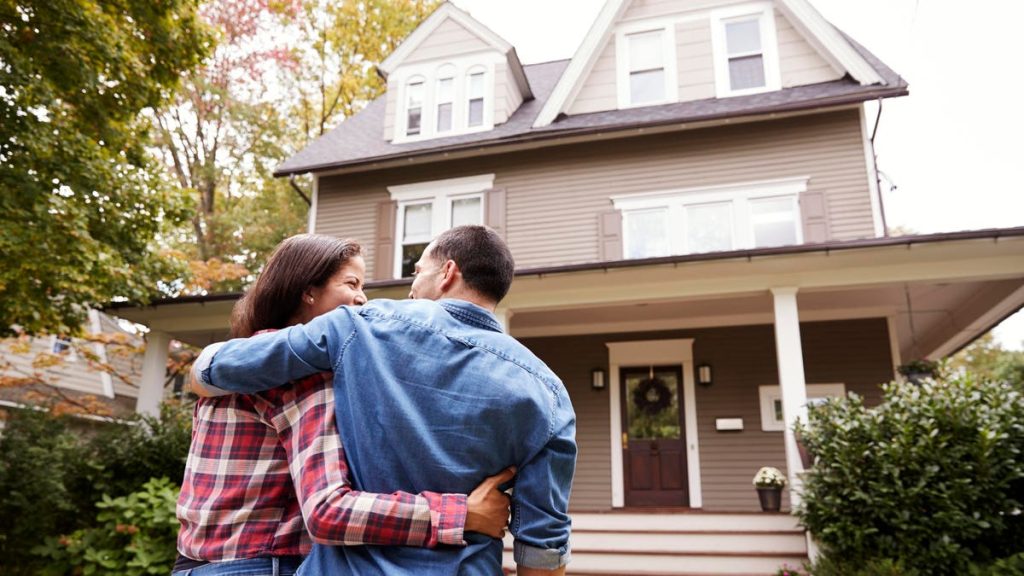If given their druthers, many home buyers would prefer a home in an established old-line city or suburban neighborhood. These enclaves are often “close-in” to the metro’s hub, offer charming vintage homes, and exist under green canopies of mature trees.
Considering all the technological advancements that have come to homes and home building in recent years, many home buyers would also favor a brand-new house. The bells and whistles can make life considerably more enjoyable, convenient and secure.
But established districts tend to be filled with old residences, and brand-new homes tend to be situated in brand-new neighborhoods. The exception? Infill homes built new in old-line enclaves and giving buyers a blend of old and new.
Infill house construction is the forte of builders whose businesses find undeveloped parcels between existing structures and build new homes upon them. They are also the focus of builders specializing in teardown-rebuilds. Examples include builders like Portland’s Hamish Murray Construction Inc., the St. Louis area’s Superior Home Solutions and Aliso Viejo, Calif.-based Thomas James Homes.
Growing challenges
Several months ago, a National Association of Home Builders (NAHB) report found in 2021, nine percent of new homes resulted from teardowns.
On the high end, about one in five (20.1%) of new homes result from teardowns in the Pacific region, made up of California, Oregon, Washington, Alaska and Hawaii. On the low end, about 3.8% in the West South Central region of Texas, Oklahoma and Louisiana, are new homes built on the sites of houses that fell to the wrecking ball.
Older, established neighborhood infill development that doesn’t require demolishing existing dwellings is roughly twice as commonplace as teardown-rebuilds.
But the NAHB acknowledges teardowns are an increasing part of the U.S. home-building market, due to growing hurdles in locating undeveloped parcels. An NAHB survey in late 2021 found 76 percent of new home builders say the overall supply of lots in their regions is low to very low.
That percentage has steadily risen virtually year after year since 2013, and easily beat the previous record of 65% set in 2018.
Touting advantages
Among marketing strong points of builders performing teardowns is the offer of new homes in buyers’ preferred neighborhoods, in contrast to renovating an existing house in the desired area to bring it up to the level of today’s expectations.
“In the repair and remodel world, there is always a sacrifice,” says Tommy Beadel, co-founder and CEO of Thomas James Homes, which builds residences in California, the Pacific Northwest, Colorado and Arizona. “You may get the home where you want it, but then you end up fixing the parts that don’t meet your standards. Buyers want the ease of access to what they want and that it is at market value.”
The teardown-rebuild model allows buyers to move to communities where new home construction ended decades earlier and no more lots exist. In such settings, the growing pains of the neighborhood are long past, and long-standing services and institutions are in place to serve residents.
“There is a scarcity of product and no more land to build on within these top markets,” Beadel says. “Thomas James Homes is in the markets where the average age of housing is 80-plus years, and the only viable solution is through teardown building. Teardown building allows homeowners to pick exactly where they want to be. When rebuilding an individual home, owners have the option to stay exactly where they are or pick the location where they want to be.”
The volume of teardowns has increased at a rapid rate over the past decade in places as diverse as suburban Detroit, Montclair, N.J., Nashville, Chicago’s Near Northwest Side and Vancouver, B.C. As some have said, teardowns are the inevitable byproduct of the appeal of vintage communities on one hand, and the attractiveness of new home products and technology on the other.
Read the full article here




